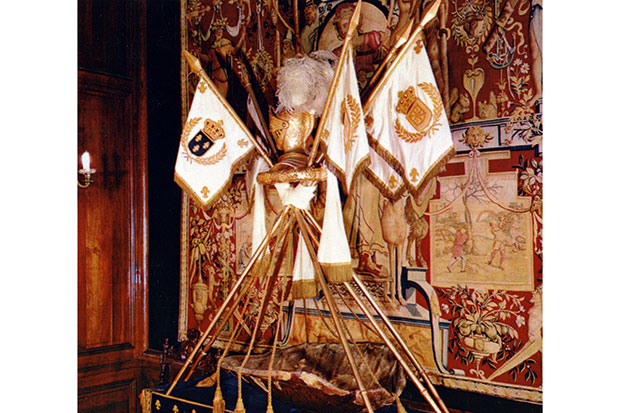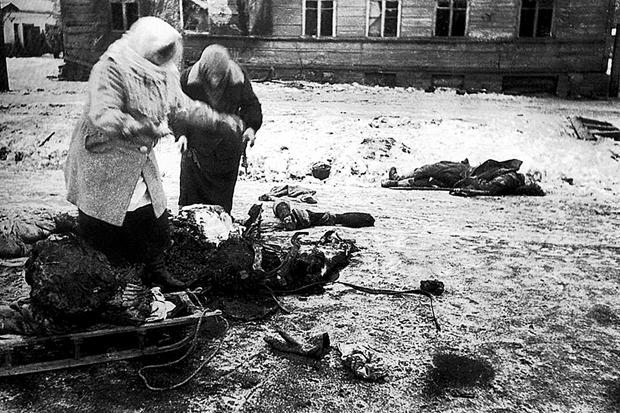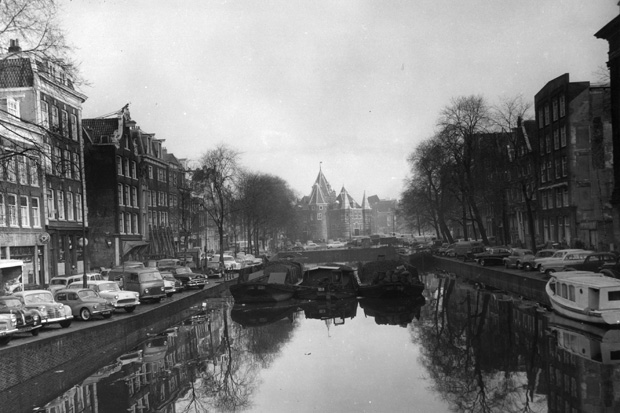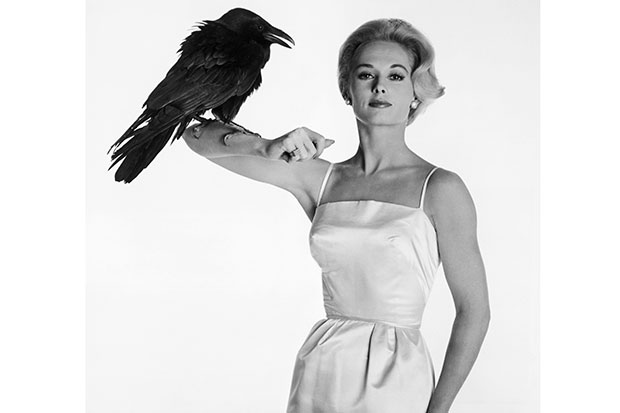Did you know that 190 out of 200 nations in the world have either red or blue on their flags? (The wheel in the middle of India’s flag is blue, for example, and the Vatican flag has a red cord hanging from the keys.) Did you know that four of those 190 — Andorra, Chad, Moldova and Romania — have pretty much the same blue-yellow-red tricolour? Or that the stripes of the French flag are not of even width, but are proportioned 30-34-37? It’s an optical illusion: if the red, white and blue are of equal breadth, the flag looks curiously unbalanced.
These are among the facts that you won’t find in Tim Marshall’s Worth Dying For, a vexillological miscellany. I bring them up in no carping spirit. Rather, I’m trying to demonstrate the difficulty faced by authors of this sort of book in an age of Google. You’ve got to assume that your readers have some basic interest in your subject; and also that they are capable of looking things up online. So how do you give them facts that are arresting yet unfamiliar?
In a previous book on weird maps, Marshall got the balance spot on. Flags were always going to be a tougher proposition. Lots of people — well, lots of men and boys — get vaguely excited about them. And the kind of people who get vaguely excited about flags tend also to be the kind who remember anecdotes and trivia.
To put it another way, if you’re interested enough in flags to buy a book about them, I doubt whether you’ll be enthralled by Marshall’s lengthy disquisition on ‘Union Jack’ versus ‘Union Flag’. If you really want to know what, say, Mexico’s green-white-red is supposed to symbolise, you don’t need a book: Wikipedia will tell you in seconds.
I’m not sure we get the right facts and anecdotes here. For example, in discussing the origins of the French tricolour, Marshall doesn’t mention the Oriflamme, the sacred banner of Charlemagne, lost to the English at Agincourt — though he seems to be aware of it, claiming it as the origin of the red stripe. Nor does he tell the story of Henri, Count of Chambord, who refused the throne of France in 1870 because the National Assembly would not agree to replace the bleu-blanc-rouge with the old Bourbon flag. Instead, we’re told that lots of people displayed the tricolour on their social media profiles to show solidarity after the Bataclan attack. Et alors?
There is a longish passage about different Islamic flags which mentions that the Ottomans took their crescent symbol from Byzantium. Why the Byzantines used it, according to the author, is ‘unclear’. Perhaps so: but visit the museum in Ankara and you’ll see it being used much earlier in that region by the Hittites. I’d have thought something so ancient merited a little more investigation. But Marshall is generally good on the parts of the world he has come to know as a foreign correspondent, notably the Balkans and the Middle East. His section on the various banners used by Levantine paramilitaries, including the black banner of Islamic State, with its oddly childlike Arabic script, is fascinating.
Likewise his section on some of the non-state flags, such as Nato’s cross and the piratical Jolly Roger. Why, for example, is a chequered flag used in car races? For a long time, the story went that tablecloths were used to mark the end of horse races in America’s Midwest, supposedly symbolising that the race was over and dinner was ready. In fact, Marshall digs up a more plausible explanation: the officials in charge of checking time in motor races were called ‘checkers’.
The format won’t be to everyone’s taste. Each section follows the same pattern: anecdote (often football-related); history of given flag; general ruminations on the nation in question. The style can be rather like an over-friendly Year 7 teacher trying to ingratiate himself with his class: ‘King Valdemar II was having a difficult time of it, so the bishops accompanying the troops went in for a spot of praying and, on cue, God threw down from the sky the Dannebrog.’
Flags, Marshall tells us in conclusion, have an extraordinary power to summon an emotional response from their devotees. Well, yes. But I’m not sure that quite does them justice. I understand that publishers love follow-up books. And I like the idea of a non-specialist flag-lover reaching a wider public — someone, to borrow Yeats’s magical phrase, ‘nor dazzled by the embroidery, nor lost in the confusion of its night-dark folds’. Still, I can’t help feeling that there is more to the subject than this.
Got something to add? Join the discussion and comment below.
Get 10 issues for just $10
Subscribe to The Spectator Australia today for the next 10 magazine issues, plus full online access, for just $10.
You might disagree with half of it, but you’ll enjoy reading all of it. Try your first month for free, then just $2 a week for the remainder of your first year.














Comments
Don't miss out
Join the conversation with other Spectator Australia readers. Subscribe to leave a comment.
SUBSCRIBEAlready a subscriber? Log in